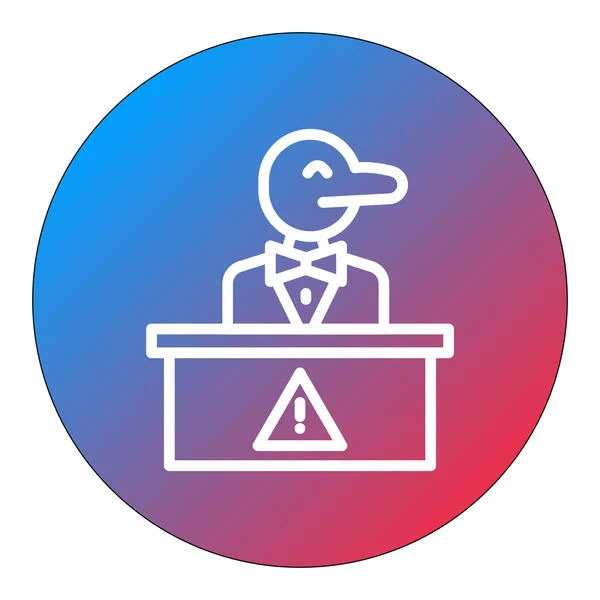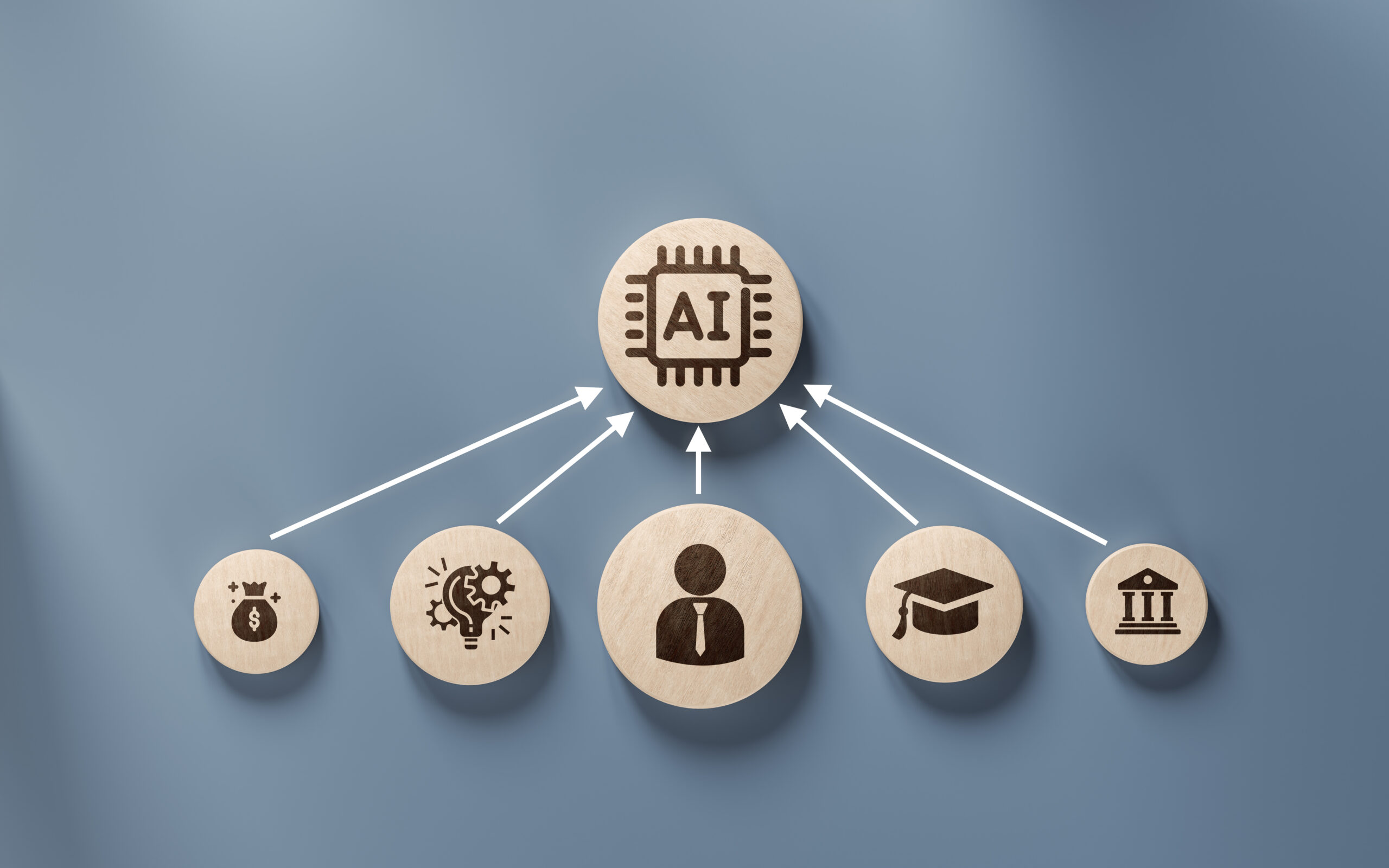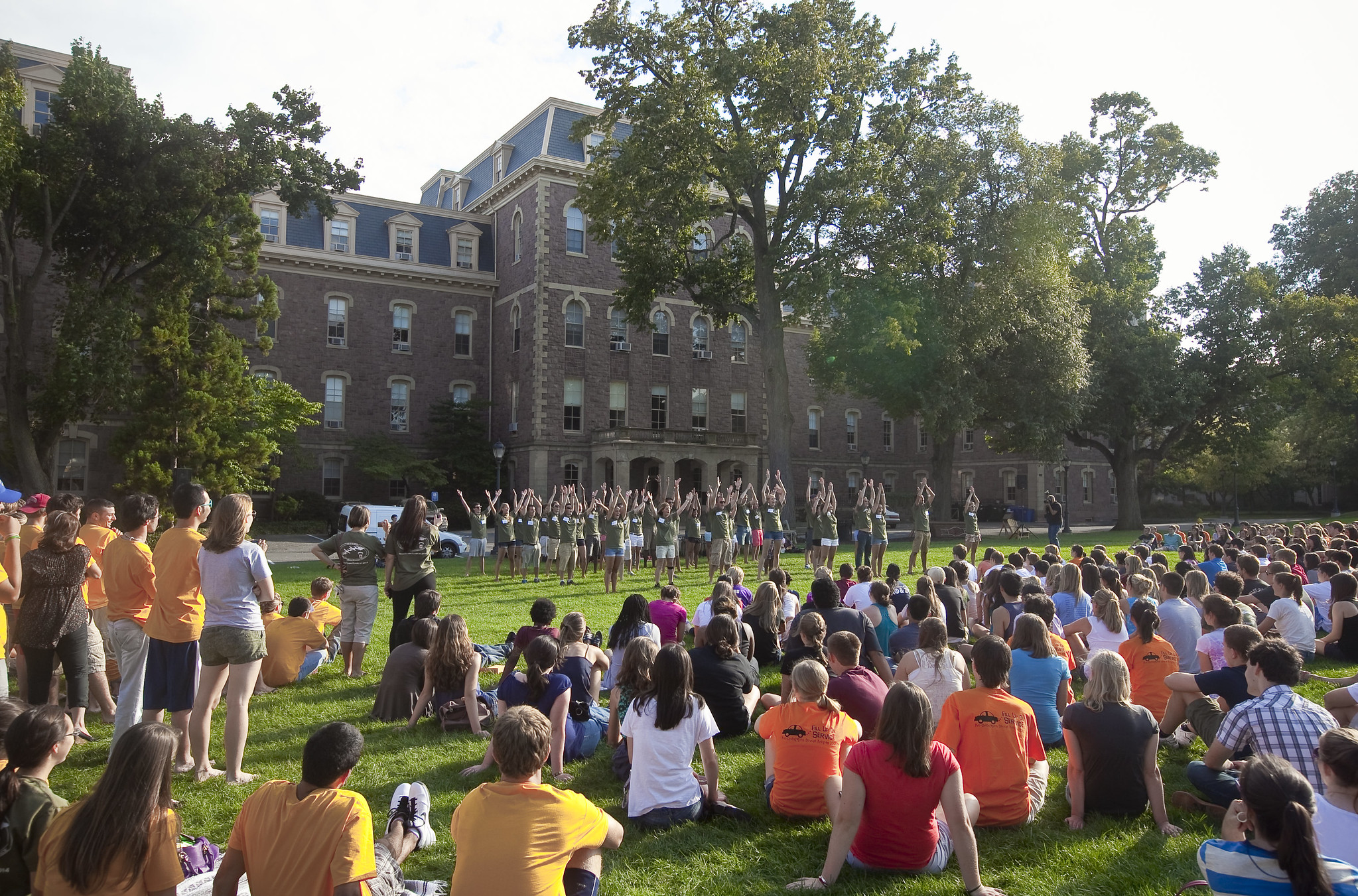If you are a leader, chances are you will find yourself in a lame-duck position at some point. When I announced that, after 16 years as chancellor, I would be stepping down to decompress and explore new opportunities, I thought I would be prepared. I was not. Then the calls from colleagues across industries started coming in—not to congratulate me, but to talk about the struggle of being a lame-duck leader. Their stories, filled with familiar struggles and strategies, closely mirrored my own journey. This article aims to help you navigate that transition in ways that benefit both you and your campus or organization.
The first thing to remember is that you are a lame duck the minute you announce your departure. Most leaders believe they will have the same standing in the institution until they walk out the door for the last time. Nope. It doesn’t matter how long you have been at your institution, how important you are or how much you are loved on and off campus: The process of transition has begun. After a flurry of contacts expressing gratitude and inquiring about what is next, the phone will ring a little less each day, substantive email traffic will drop and the work calendar will free up unless you force it not to (not something I would advise). People who used to drop everything when you needed them will take a little longer to get back to you. You may find fewer consultations on day-to-day operations and even fewer on questions pertaining to the future. This trend will accelerate as new leadership becomes more defined. This is normal. Don’t take it personally.
The second thing to remember is that if you have been at your institution for any length of time, you are likely going through a grieving process. This is the end of an important era, one in which your time and thoughts were consumed by your campus. You are going to go through some version of the five stages of grief without realizing it. You may find yourself preparing future strategic plans (denial), overreacting to comments or actions focused on the future (anger), or rushing to implement last-minute initiatives that will solidify or advance your legacy (bargaining). You may start to feel like everything you have done is being overshadowed by a campus focusing in on the excitement of a new era while leaving you behind (depression). Realizing that these stages are affecting your thoughts, moods and actions is important. The faster you can get to the fifth stage, acceptance, the better able you will be to help your campus transition in positive ways and gain a healthier attitude for yourself. However, it is important to remember that the stages of grief are neither distinct nor linear and you can be experiencing more than one at the same time.
From my own experience and those relayed to me by others, the following tips can help you get to the acceptance stage and achieve some level of peace of mind more quickly.
- Focus on the needs of your faculty, staff and students. Helping to meet the needs of your employees can give you purpose in a world that suddenly has become confusing. They are also grieving, but their reality is different than yours. You’re leaving. They are staying and facing uncertainty in the future. They’re worried about the impact of this transition on their careers, jobs, colleagues and families. Their focus needs to be on the future. As the leader, your public demeanor can either add to their stress or help reduce it. Be positive, upbeat and supportive. Spend some time trying to understand the goals of people on campus and help position them for future success. I found my role became more of an adviser or mentor and less about being the boss, which had the added benefit of allowing me to engage in conversations about the future without feeling as though I had to control or direct it.
- Reflect on the good you’ve done and stop worrying about what will happen when you leave. I’ve seen too many leaders, including myself, spend their last days worrying about what the next administration will do to their legacy projects or trying to find a way to determine the institution’s future direction. One greatly respected leader I worked for spent the last year of his administration developing a strategic plan that was DOANL (dead on arrival of the next leader). While the intent was good, the exercise wasted a lot of people’s time, limited thinking about new possibilities and even negatively positioned a few people who became inextricably linked to the “old” ideas of the last president instead of being ready to build on the ideas of the new one.
One of my employees was retiring just as budget cuts threatened the successful initiative she had spent 10 years implementing. On her last day, I asked her how she was doing. Her response was “I can’t control what happens to the project. It might end tomorrow. I know that I’ve had a positive impact on tens of thousands of students and teachers over the past 10 years, and I feel good about that.” That is a healthy attitude that I have tried to adopt as my own. Feel good about what you’ve done because that is what you can control. What happens next is not going to be up to you.
- Check your ego at the door. Let’s face it. Experiencing “your people” turning toward someone new, talking excitedly about a future without you in it or expressing a desire to end something you started will hurt a bit. You may even find criticisms of your leadership in some of these conversations. No leader is perfect, and we all make decisions that upset some of our employees. That is part of the job. However, you will be particularly sensitive during your transition time. Don’t overreact, your lame duck–ness! Take a breath and think about whether your ego is driving your reaction. If it is, step back. Keep focused on what is in the best interest of the people who will remain after you walk out the door.
As you get closer to the end date, particularly when the new leader is named and begins the process of transitioning into office, you may find yourself fading into the background. Some egos can’t take it and their owners begin strutting their feathers around demanding attention. Others head for the shadows and disappear completely. Neither helps your campus, nor your mental state. In the beginning of my transition, I struggled to cut down the time I spent working on campus business, but I soon realized that I was filling the time with projects that would likely be DOANL. Once I realized I was working for my ego and not for the future of the campus, I cut back, rediscovered weekends and evenings, spent some time enjoying the exploration of future opportunities, and felt my mood improve. Balance your involvement. Don’t abandon, but don’t overreach.
- Embrace the next leader. In the end, it doesn’t matter if your successor is your long-standing archnemesis from grade school, the most annoying person you have ever met or your best friend: It is your responsibility to position the next leader for success. Be honest, but positive and supportive. Build up your successor’s strengths and positive attributes to the campus. Reach out to whoever is taking the leadership wheel and ask how you can help with the transition. Advise where appropriate, try not to judge and remember what would have been helpful to you when you arrived at the institution. At a certain point the best thing you can do is get out of the way. The worst thing you can do is create more stress and tension for the campus community by undermining or opposing your successor.
- Pay attention to yourself. You are a leader. You are used to keeping your emotions in check so you can focus on what is best for your campus and community. When you are asked how you are doing, you answer positively no matter how you feel and then turn the question around to focus on the inquirer. You may have convinced yourself you are feeling great, but if you are a lame duck, that probably isn’t the case, and how you are feeling may become apparent at odd times. Pay attention to those odd moments, because they’ll likely reveal what phases of the grieving process you are in.
One of my odd moments came a few hours before my farewell dinner, which at my suggestion was a roast (fitting, given my personality). As I was getting ready, I felt sick, my pulse was racing and my blood pressure was alarmingly high. My concerned spouse commented that the event was a significant and emotional one and, by talking with her I realized that I was still in denial. Though I had been working on transitioning others, I still hadn’t come to terms with the fact that I was leaving my job forever. The farewell event was an undeniable sign that my identity and life as the chancellor were ending. Once I realized why I was stressed, my anxiety went down and we were able to enjoy an incredibly fun and heartwarming evening.
Conclusion
The tips mentioned above can help you maintain focus as a positive and productive leader during your lame-duck phase, allowing you to effectively navigate the complex emotions associated with leaving your campus role. It’s essential to recognize that the grieving process is not a linear sequence of emotions but rather a fluid experience in which feelings ebb and flow. By regularly checking in with yourself and acknowledging your emotions while striving to make a positive impact on the campus, you can end your tenure with the appreciation of a community that is well prepared for the future. And as you waddle out the door for the last time as a lame duck, you’ll find yourself striding confidently with enthusiasm and optimism into your next chapter in life.









